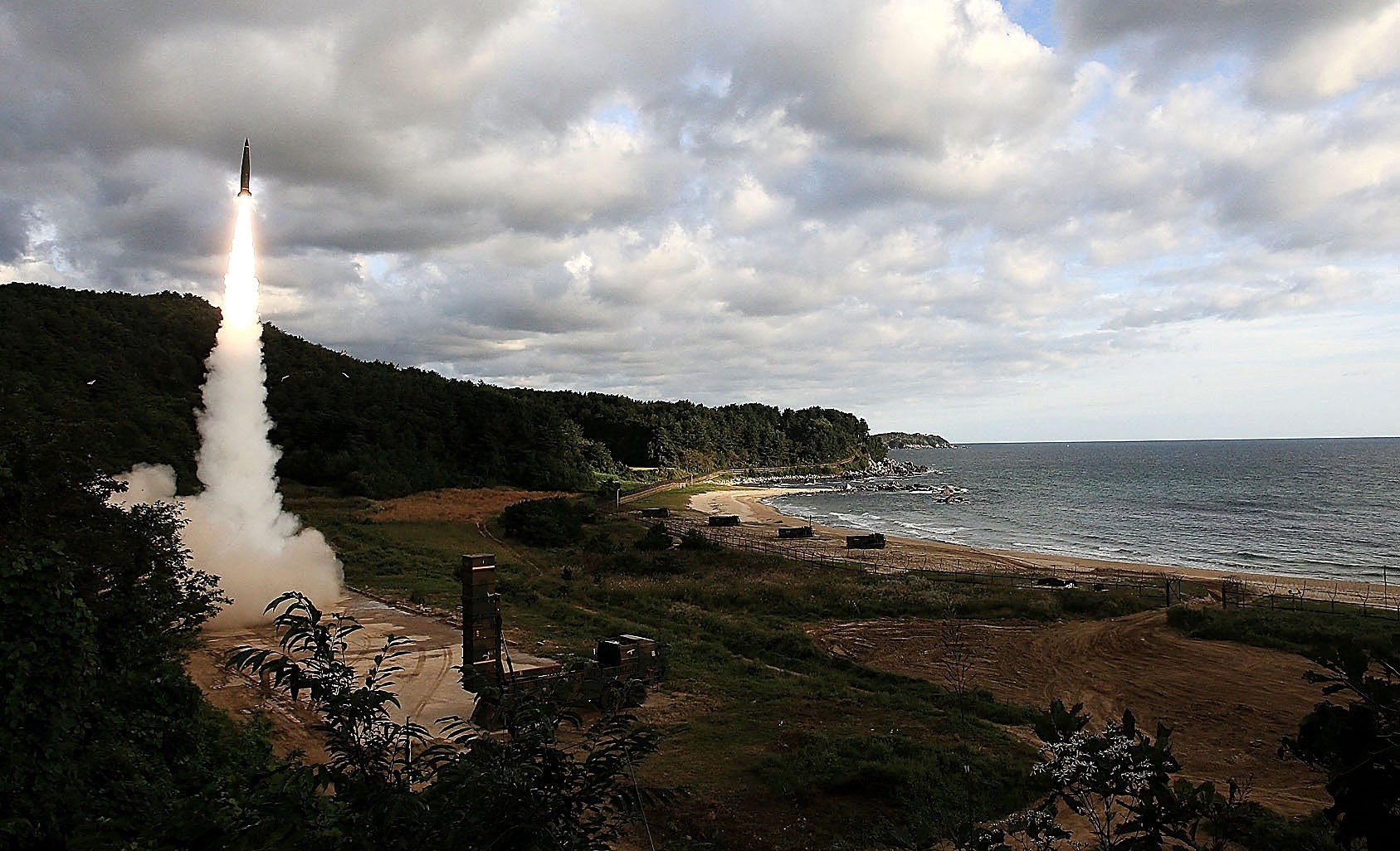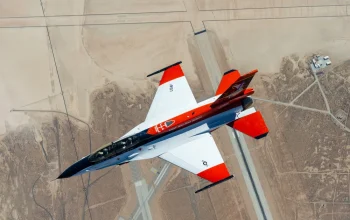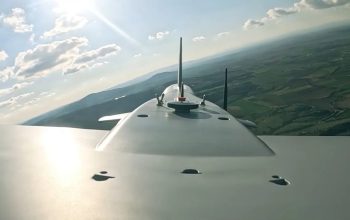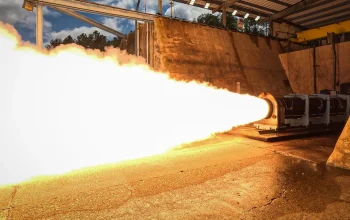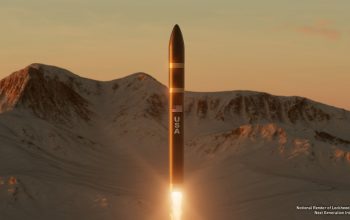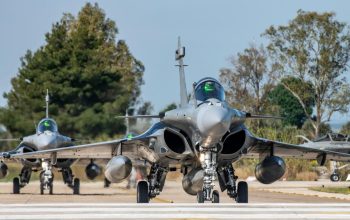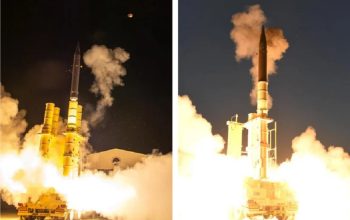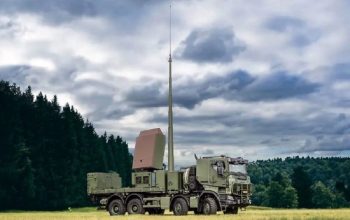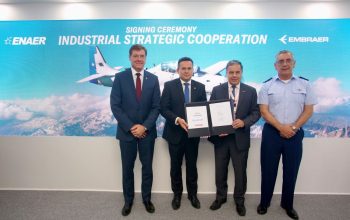South Korean President Moon Jae-in announced a joint decision Friday with the United States to terminate guidelines that have long restricted Seoul’s development of missiles. In 1979, South Korea agreed to ballistic missile guidelines, limiting the country’s ballistic missile development and possession to 180 km in range. He was speaking right after the summit with President Joe Biden at the White House. In the latest revision made public in July 2020, Seoul won Washington’s approval for the development of solid-propellant space rockets.
In 2001, U.S. officials agreed to extend the range limit to 300 km, which only applied to high-velocity, free flight ballistic missiles, excluding slower, surface-skimming cruise weapons. South Korea developed an unmanned aerial vehicle (UAV) and cruise missile called Hyunmoo-3. The UAV would not have any limitation in range while the cruise missile’s range was 1500 kilometers. South Korea’s missile ranges were less than North Korea’s missiles such as Rodong (1300 kilometer-ranged ballistic missile) and Taepodong-2 (6000 kilometer-ranged intercontinental ballistic missile).
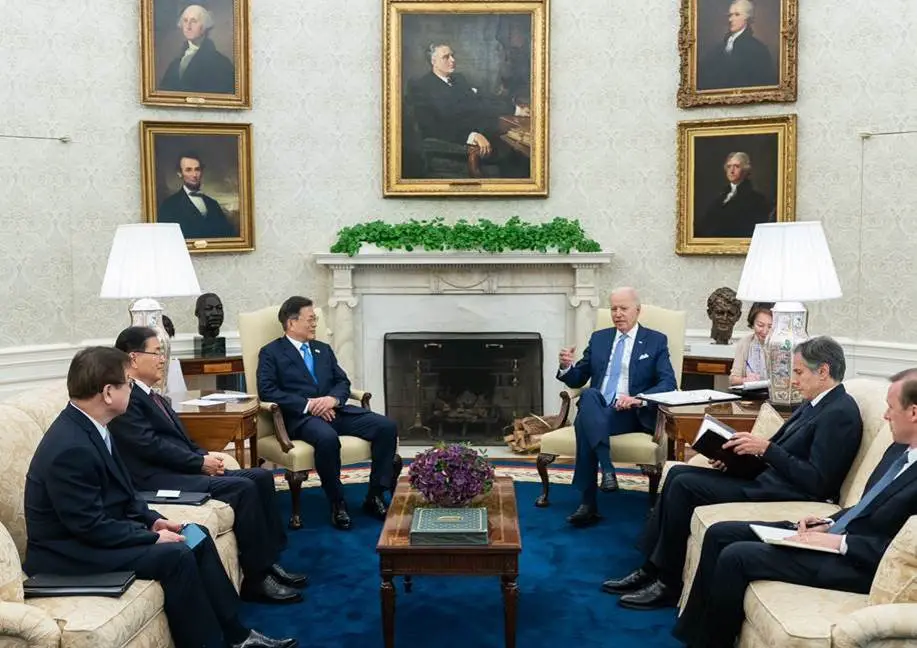
On October 6, 2012, after numerous caucuses between South Korea and the U.S., both agreed to extend the ballistic missile range to 800 km. This was shorter than the range South Korea suggested (1000 kilometers) but much longer than the existing 300 km limit. After the latest missile guideline extension, one particular Chinese media reported that South Korea’s ballistic missiles would gain the capability to reach China, Japan, and Russia as well as North Korea. Chinese evaluated that the extension of the missile range as a violation against the Missile Technology Control Regime (MTCR).
South Korean President added that the allies have agreed to bolster the combined defense posture and reaffirmed their commitment to the transition of operational control (OPCON) of Korean forces in the event of war. The U.S. maintains the OPCON in a legacy of the 1950-53 Korean War and it has an agreement on “conditions-based” transfer to South Korea. Longtime tensions in southern Chinese waters were also discussed in the Moon-Biden summit. The two also sides agreed to work more closely for peace and stability in the Taiwan Strait.
